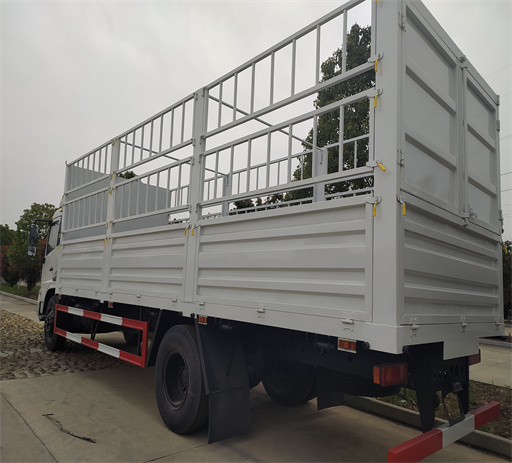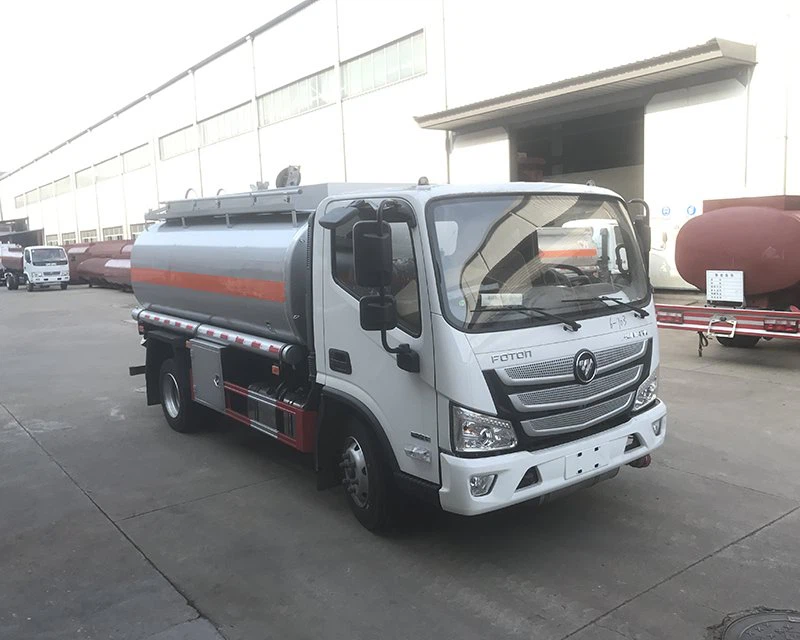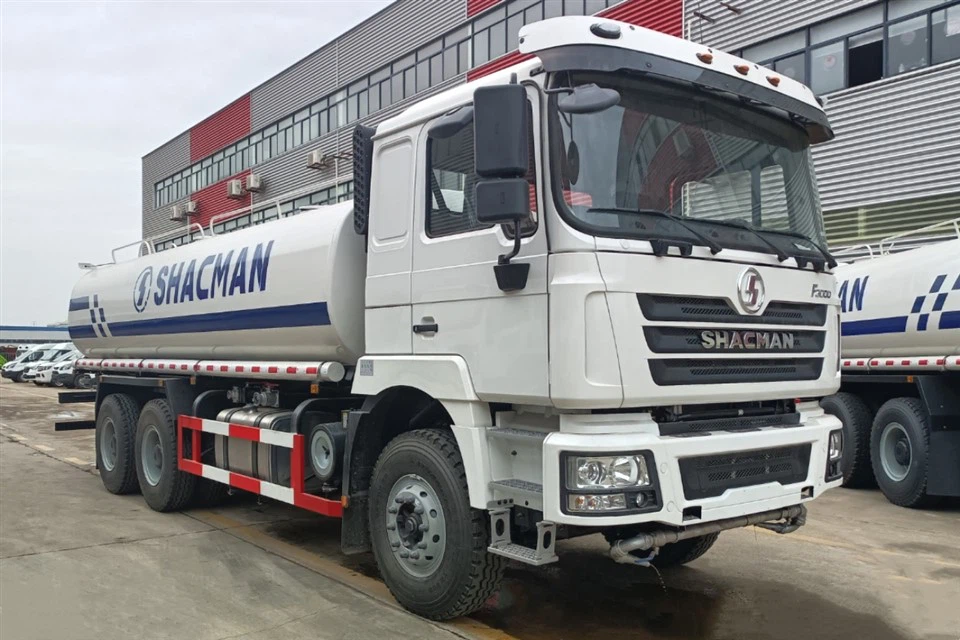Vertical balers are essential machines for businesses looking to improve waste management efficiency and sustainability. This article delves deep into vertical balers, offering insights on features, prices, uses, and what to consider when buying one. We will also answer common questions about vertical balers to help you make an informed decision.
What are Vertical Balers?
Vertical balers, also known as vertical compactors or vertical baling machines, are designed to compress materials such as cardboard, paper, plastic, and other recyclable materials into bales. By compacting these materials, businesses can save space and reduce disposal costs while also promoting recycling efforts.
How Do Vertical Balers Work?
The operation of vertical balers is straightforward. The machine has a feed opening where waste materials are placed. After loading, the machine compresses the materials using a hydraulic system, forming a tightly packed bale. Once the bale reaches the desired size, it is bound with straps, after which it can be removed for storage or transportation.
Types of Vertical Balers
Vertical balers come in various types, each designed for specific materials and applications:
- Cardboard Balers: Specifically designed to handle cardboard waste.
- Plastic Balers: These balers compact plastic materials like PET and HDPE.
- Multi-Material Balers: Capable of handling a mixture of materials, including paper, cardboard, and plastic.
- Heavy-Duty Balers: Built for larger operations handling high volumes of waste.
Benefits of Using Vertical Balers
Investing in vertical balers offers numerous advantages for businesses:
- Space Saving: Compact bales take up less space than loose waste materials.
- Cost Efficiency: Reduces disposal costs by minimizing waste volume.
- Improved Recycling: Facilitates easier recycling and encourages sustainable practices.
- Health and Safety: Less cluttered workspaces reduce hazards.
Factors to Consider When Buying Vertical Balers
1. Material Type

Determine the primary materials you will be baling. Different machines are designed for specific materials, so it’s essential to choose a baler that meets your needs.
2. Bale Size and Weight
Consider the size and weight of the bales. Different balers produce bales of varying sizes, which can impact storage and transportation options.
3. Volume of Waste
Evaluate the volume of waste your business generates. High-volume operations may require a more robust and high-capacity baler.
4. Power Requirements
Vertical balers may require different electrical setups. Ensure that your facility meets the necessary power requirements.
5. Safety Features
Check for safety features such as emergency stops, safety covers, and auto-stop mechanisms to ensure safe operation.
6. Maintenance Needs
Understand the maintenance requirements of the baler. Regular maintenance is crucial for longevity and performance.
Cost of Vertical Balers for Sale
The cost of vertical balers can vary significantly based on factors like capacity, brand, and features. Here is a rough breakdown:
| Type of Baler | Price Range |
|---|---|
| Small Vertical Balers | $3,000 – $10,000 |
| Medium Vertical Balers | $10,000 – $25,000 |
| Heavy-Duty Balers | $25,000 – $50,000+ |
Keep in mind that additional costs such as shipping, installation, and maintenance should be factored into your budget.
Where to Buy Vertical Balers
Vertical balers can be purchased from various sources, including:
- Manufacturers: Buying directly from manufacturers often comes with warranty benefits and customer support.
- Distributors: Authorized distributors may offer a variety of models and brands along with customer service.
- Online Marketplaces: Websites like eBay or Amazon may have new or used balers for sale.
- Local Equipment Dealers: Check local listings or equipment rental companies for options.
Practical Tips for Operating Vertical Balers
1. Loading Material
Be sure to appropriately load materials into the baler. Overloading can damage the machine, while underloading can lead to inefficient compaction.
2. Training Employees
Train employees on proper operating procedures, including safety measures and emergency protocols.
3. Regular Maintenance
Schedule regular maintenance checks to ensure all hydraulic systems, seals, and motors are functioning correctly.
4. Keep Area Clean
Maintain a clean operating area around the baler to reduce hazards and improve efficiency.
Vertical Balers vs. Horizontal Balers
Both vertical and horizontal balers serve similar functions but have key differences:
Vertical Balers
- More compact and space-efficient.
- Best for smaller volumes of waste.
- Generally less expensive.
Horizontal Balers
- Designed for larger volumes of material.
- More expensive but can handle high throughputs.
- Can produce larger bales suitable for shipping.
Understanding Vertical Baler Terms
Familiarizing yourself with industry jargon related to vertical balers can help you make more informed purchasing decisions:
| Term | Definition |
|---|---|
| Bale Weight | The weight of the compressed material after baling. |
| Cycle Time | The elapsed time for the baler to compress and eject one bale. |
| Loading Opening | The size of the opening where materials are loaded into the baler. |
Frequently Asked Questions (FAQ)
1. What is the typical lifespan of a vertical baler?

The lifespan of a vertical baler can vary from 10-20 years with proper maintenance and usage.
2. Can vertical balers handle other materials besides cardboard and plastic?
Yes, many vertical balers are designed to handle a variety of materials, including paper, textiles, and non-ferrous metals.
3. Are vertical balers easy to operate?
Generally, vertical balers are user-friendly, but proper training is essential for safe and effective operation.
4. How often should vertical balers be maintained?
Regular maintenance should be performed at least once a year, but high-use machines may require more frequent checks.
5. Can I buy used vertical balers?
Yes, many businesses sell used vertical balers, but it’s essential to check the machine’s condition and maintenance history.

6. Are there financing options available for purchasing vertical balers?
Many manufacturers and dealers offer financing options or leasing plans to accommodate large purchases.